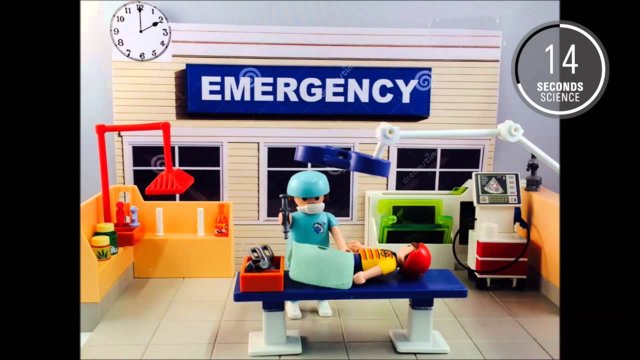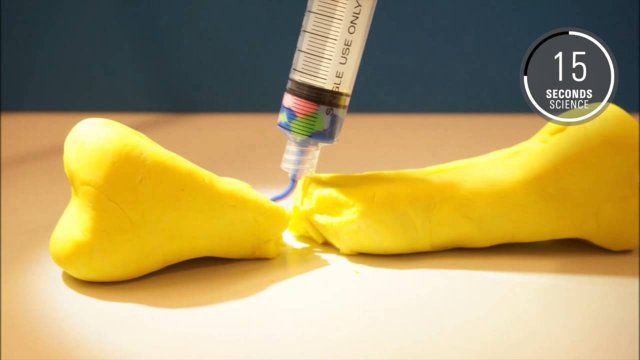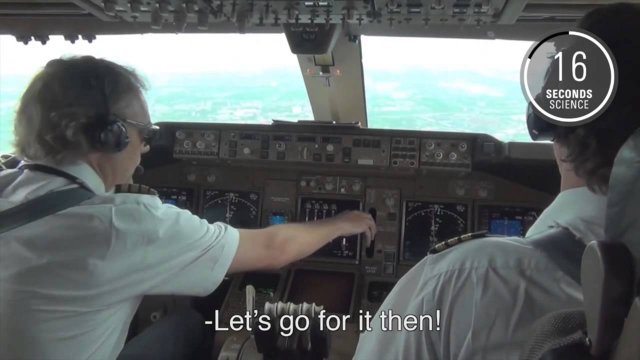Is it possible to summarize scientific research in a film lasting just twenty seconds? The only answer to that is: Yes. The 20 Seconds Science video-competition at the University of Twente was rounded off this week. Scientists from the MESA+ and MIRA scientific institutes accepted the challenge to create extremely short films in which they presented their research in a way that people could appreciate. This resulted in a total of 26 attractive short films, many of them with a touch of humour. There were prizes for three of them.
The idea for the video-competition came about a few months ago, and it is the initiative of Albert van den Berg and Dave Blank, scientific directors of MIRA and MESA+. They both see these films as a great new way of presenting scientific results to a wider public. The source of inspiration for these short films was the 6-second science channel on the internet. Van den Berg felt, however, that six seconds was too short. “You need just a little more time for serious science.” This is why they opted for a maximum duration of twenty seconds. There is also the phonetic aspect of how it sounds: Twente seconds science, Twente supports science. The Regio Twente organization helped to fund the video-competition.
In total 26 short films were made for the competition, whereby modelling clay and lego were used noticeably often. The films included such subjects as using smart glasses to help patients with Parkinson's disease when they walk, the early detection of pain that is becoming chronic, research into reducing air resistance and the detection of circulating tumour cells.
Three prizes
Three prizes were awarded in the competition. A public prize, whereby those present could vote after watching the videos in the Faculty Club at the University of Twente's campus, and two jury prizes. One for a film from researchers at MIRA and one for a film made by researchers at MESA+. The jury, made up of Van den Berg and Blank, assessed the films for their scientific quality, relevance to society, the quality of the actual film and, naturally, for humour content.
The majority of the public voted for a film made by Rong Wang and Piet Dijkstra of the Developmental BioEngineering Department. This film demonstrated how you can repair cartilage using ‘injectable plasters’.
The jury prize for MIRA went to Anne Leferink and Martijn Tibbe of the BIOS Lab-on-a-chip group. Their film was about repairing bone tissue after a fracture.
Erik-Jan Staat from the Physics of Fluids Department won the MESA+ jury prize for a film about inkjet printing.
At the Facebook–page of 20 Seconds Science you can find all the movies.








